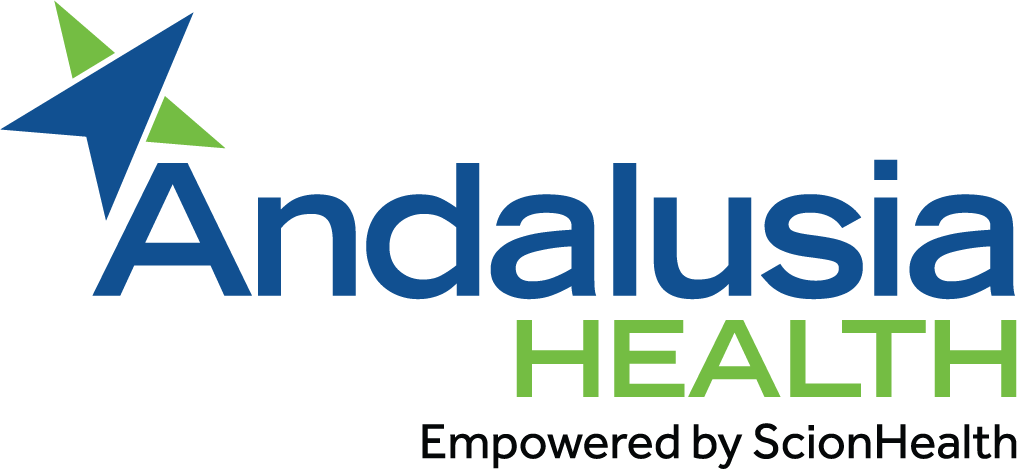Digital Mammography
In the fairy tale "The Princess and the Pea," the heroine cannot sleep because she can feel a very small lump, even though it's covered by dozens of mattresses.
In real life, we are not that lucky. By the time we can feel a lump in our own breasts, a cancerous tumor could possibly have grown larger and spread beyond the breast into other areas of our bodies. But with regular mammograms, doctors can detect small tumors at a much earlier stage – years before we can feel them – which significantly increases the opportunity for successful treatment.
Digital mammography can detect early-stage breast cancer.
If you're a woman 40 years of age or older, you should have a mammogram every year.
Throughout the year and especially during October, which is National Breast Cancer Awareness Month, our hospital wants to make sure women know how important it is to have regular mammograms or x-rays of the breasts.
Doctors know that screenings for breast cancer save thousands of lives each year, and that many more lives could be saved if even more women took advantage of these tests.
While progress has been made across the board, including less invasive surgeries, genetic testing and more advanced diagnostic technology, an estimated 40,000 women are expected to die from breast cancer this year.
That means breast cancer is still one of the top killers of women in the United States, more than accidents, pneumonia or the flu. Breast cancer is the most common cancer among women in the U.S., other than skin cancer. It is the second leading cause of cancer death in women, after lung cancer.
That's the bad news. But there's good news as well. Right now there are about two and a half million breast cancer survivors in the United States.
Breast cancer death rates are going down. This is the result of more women having mammograms which can find the cancer during its earliest, most curable stages, as well as advances in treatment.
The chance of a woman having breast cancer some time during her life is about 1 in 8 while the chance of dying from breast cancer is about 1 in 35. About 182,460 women in the United States will be diagnosed with breast cancer this year.
Lowering the Risk of Breast Cancer
Unlike colorectal cancer, which can be prevented via the removal of polyps during a colonoscopy, there is no sure way to prevent breast cancer. But there are steps women can take that might reduce their risk of breast cancer, or at least help them find it in its earliest, most curable stages. These steps include:
- Maintain a healthy body weight
- Regular exercise
- Limit alcohol use
- If you are over the age of 40, have an annual mammogram
Women who breast-feed their children for several months or do not use post-menopausal hormone therapy (PHT) may also reduce their breast cancer risk.
Most doctors feel that early detection tests for breast cancer save thousands of lives each year, and that many more lives could be saved if even more women and their health care providers took advantage of these tests.
Click the button below for access to a breast health assessment. Answer a few questions to determine your level of risk for breast cancer.
Other Breast Cancer Facts
The average patient's age with a new breast cancer diagnosis is 62. Living longer increases one's risk. Risk rises after age 40, which is why annual mammograms are recommended by the American Cancer Society for women over the age of 40.
American Caucasian women develop breast cancer more often than African American, Native American, or Asian women.
Women who have had breast cancer on one side face an increased risk of getting cancer in the other breast. This is particularly true when breast cancer genetic risk is inherited.
One's risk increases if there is a strong family history of breast cancer. This is true if there are relatives on either the maternal or paternal sides who have been affected. Risk is higher if there are multiple relatives who have had breast cancer, if the relatives are "first-degree" relatives - mother, sister, daughter, and if the relatives were diagnosed at a pre-menopausal age.
Studies suggest that the longer a woman is exposed to estrogen, the more likely she is to develop breast cancer. This includes estrogen made by the body, taken as a drug, or delivered by a patch. Also at increased risk are women who began their periods before age 12, never had children, took hormone replacement therapy for long periods of time, or experienced menopause after age 55.
Women who have their first child after age 30 have a greater risk.
Five to ten percent of women who develop breast cancer are born with a mutation in breast-cancer-susceptibility genes BRCA1 and BRCA2. Families with inherited susceptibility to breast cancer generally have multiple generations affected, a higher incidence of ovarian and other gynecologic cancers, male breast cancer, or onset of cancer in young individuals. Genetic testing and counseling can be done in affected or unaffected family members if warranted. Certain genes routinely keep breast cells from dividing and growing out of control and forming tumors. When these genes become altered, changes occur and a cell no longer can grow correctly. Genetic changes may be inherited from either parent.
Schedule your mammogram by calling us at (334) 222-6937. A physician's order is required.
